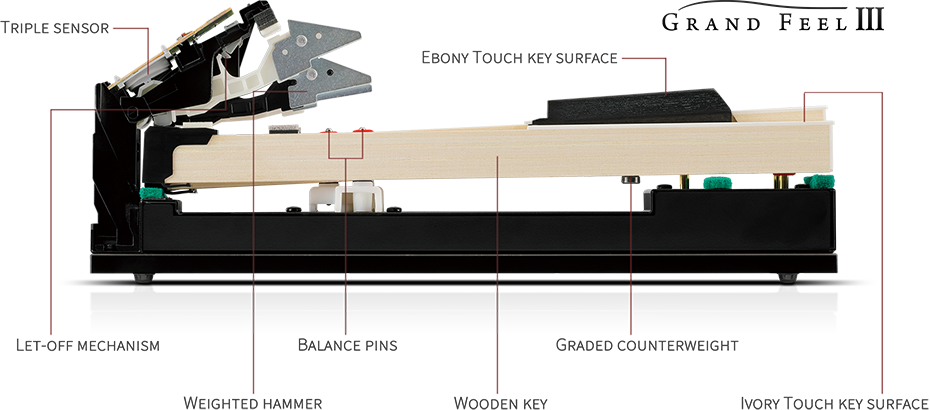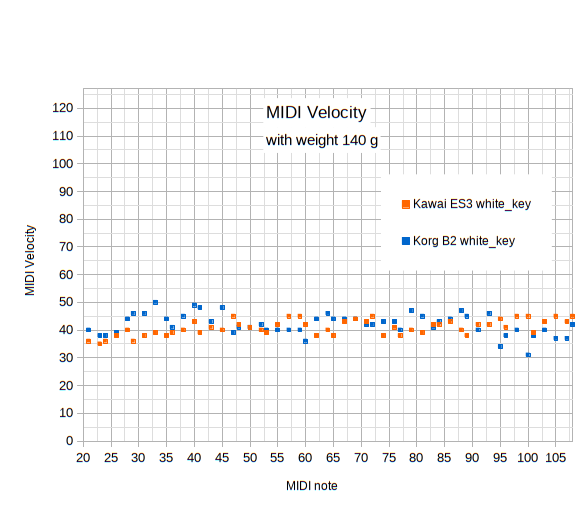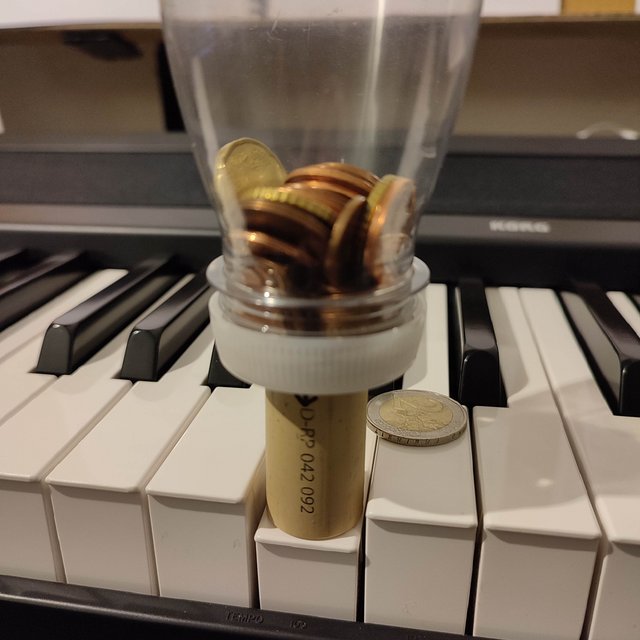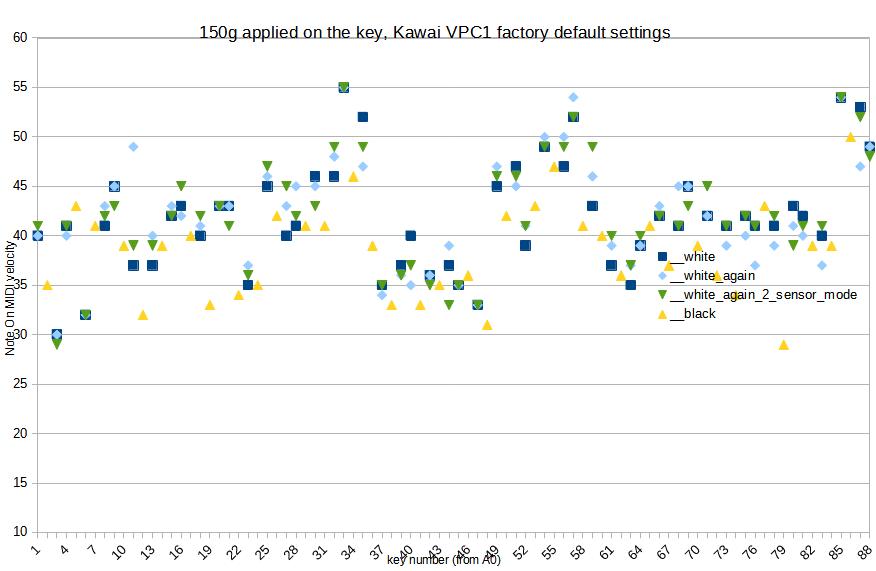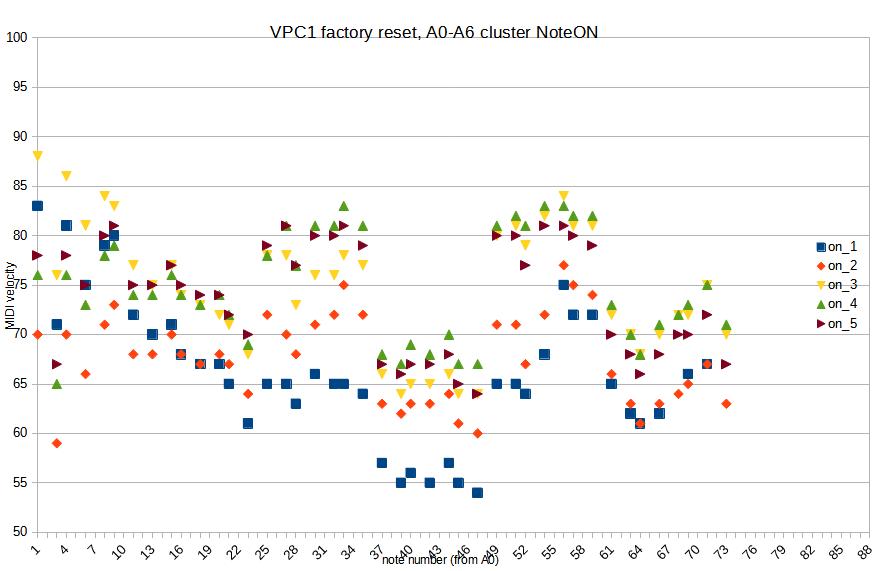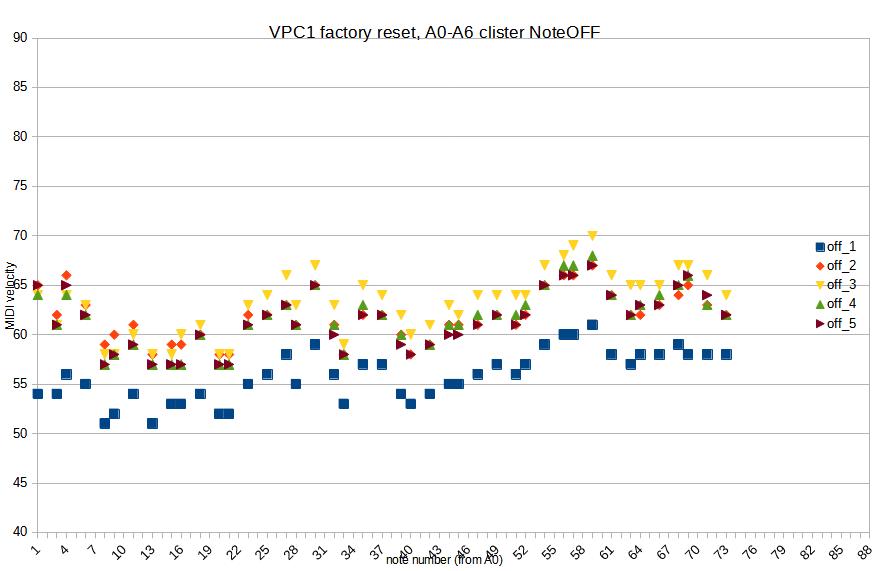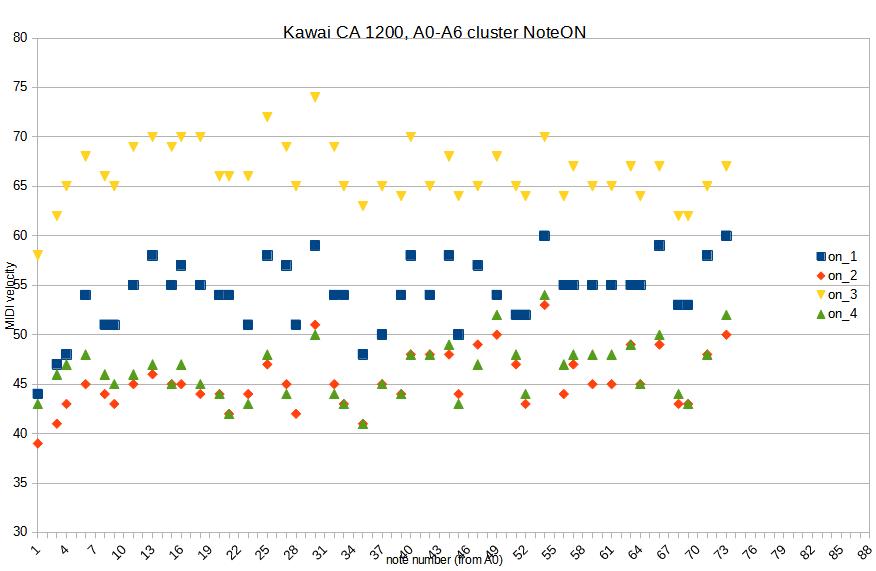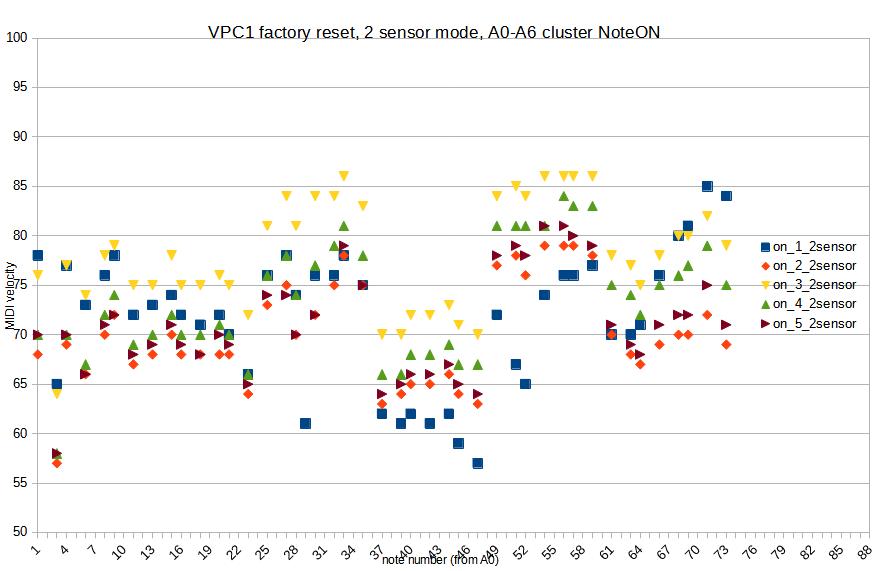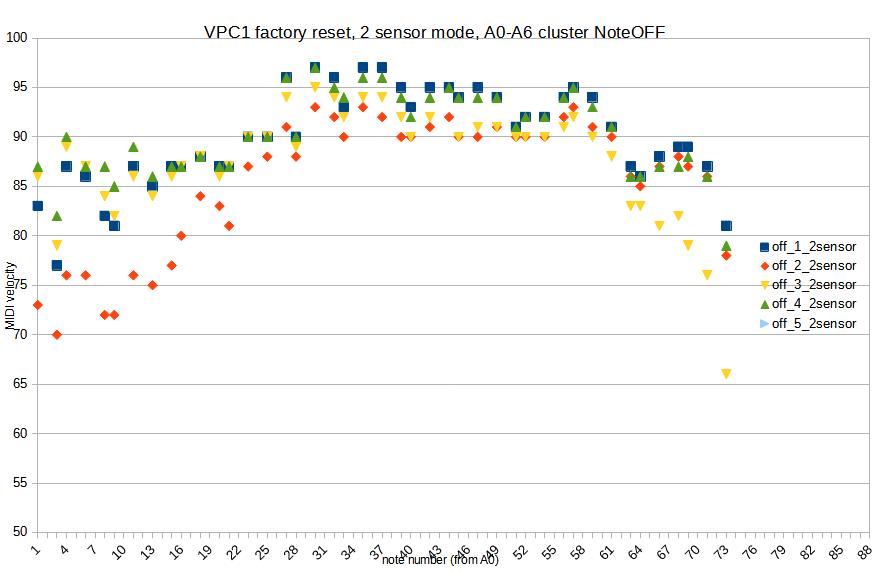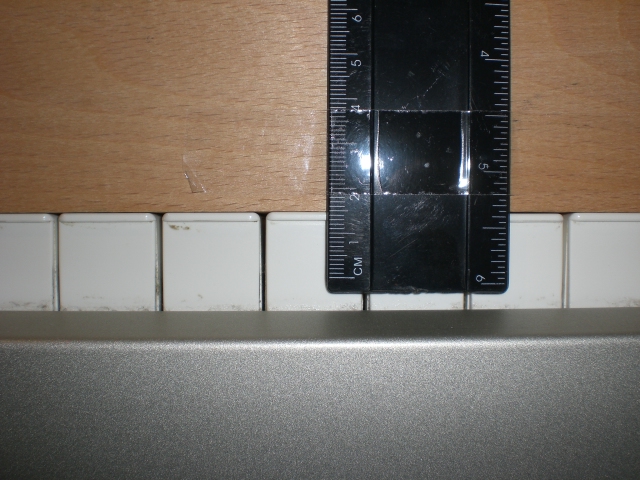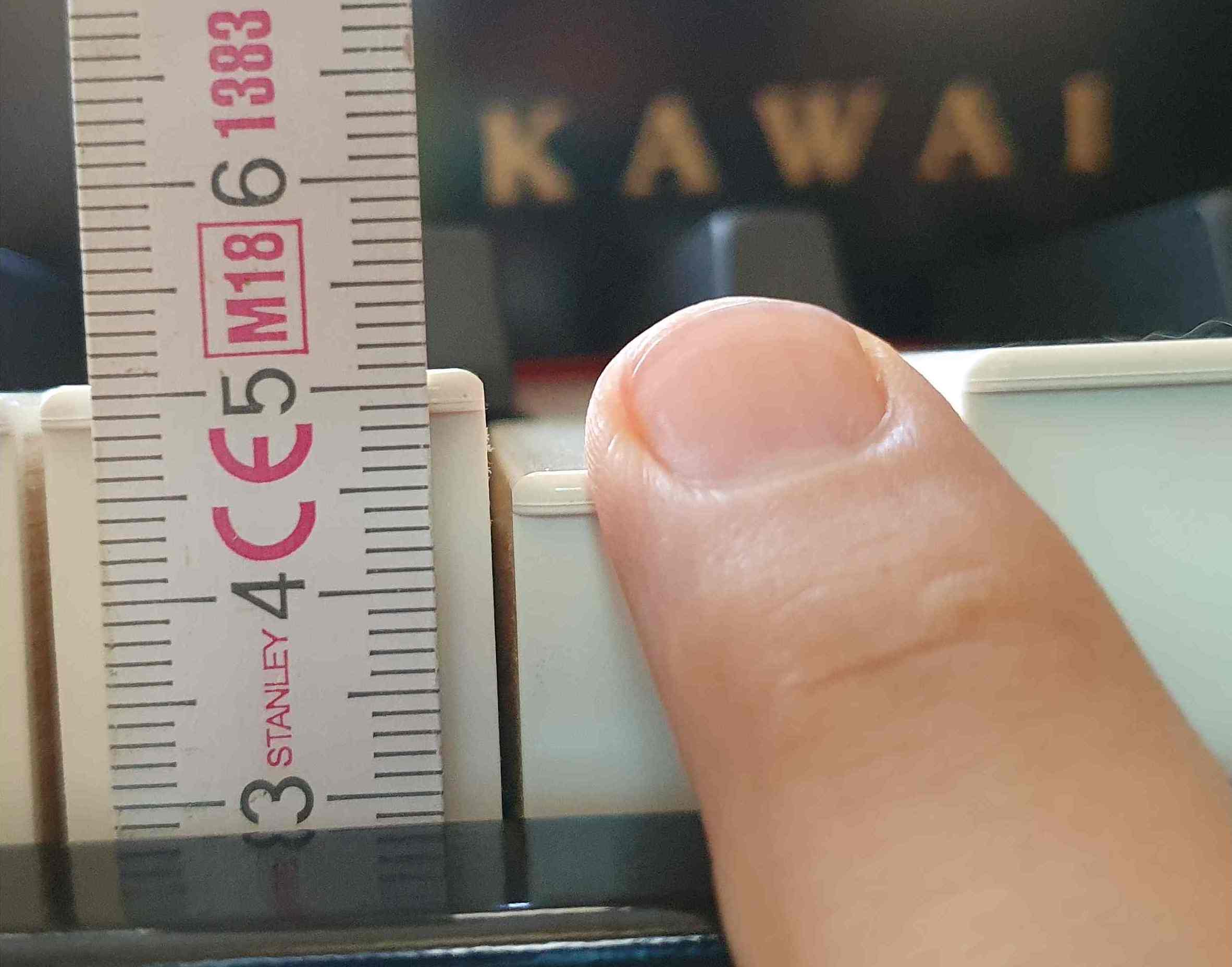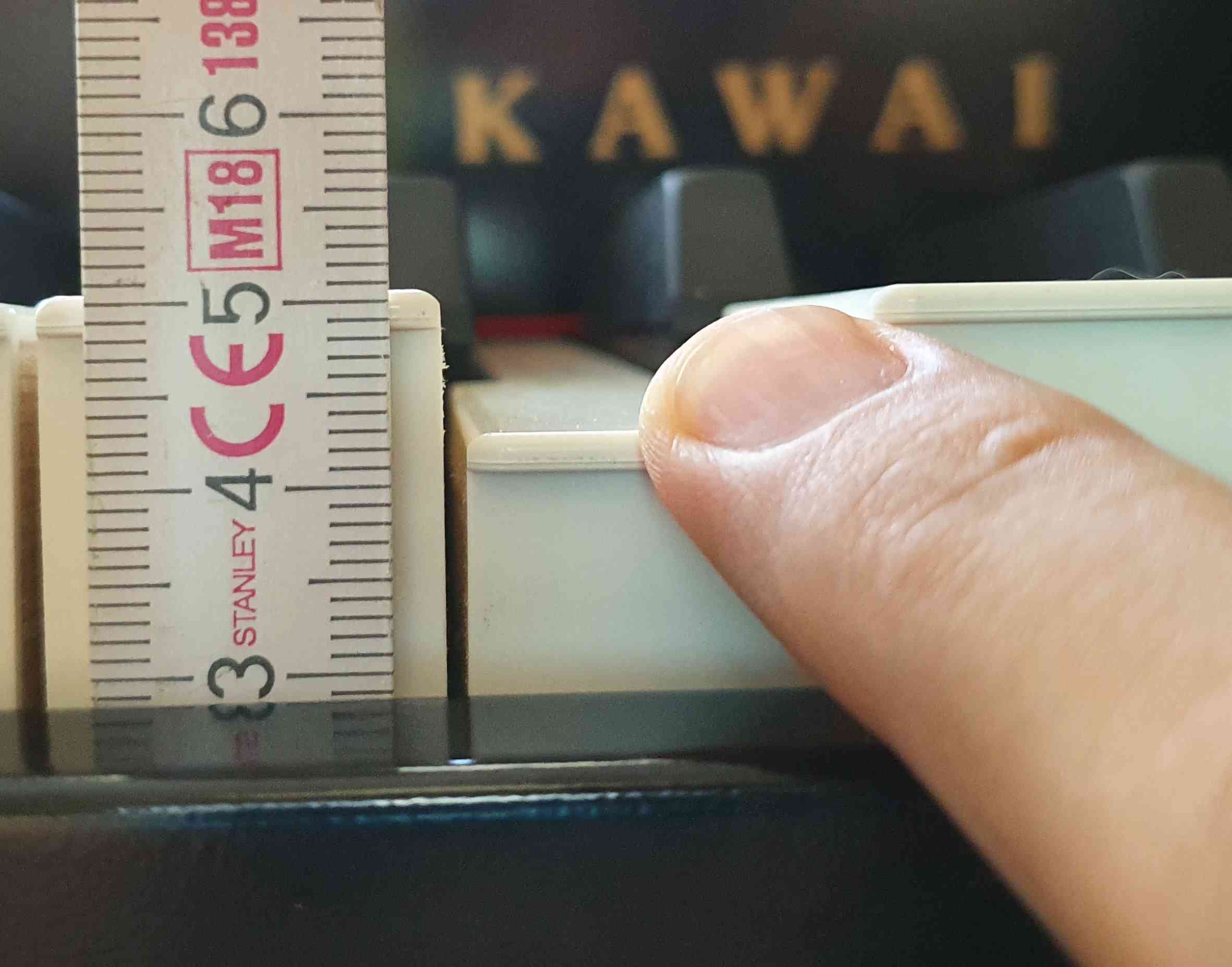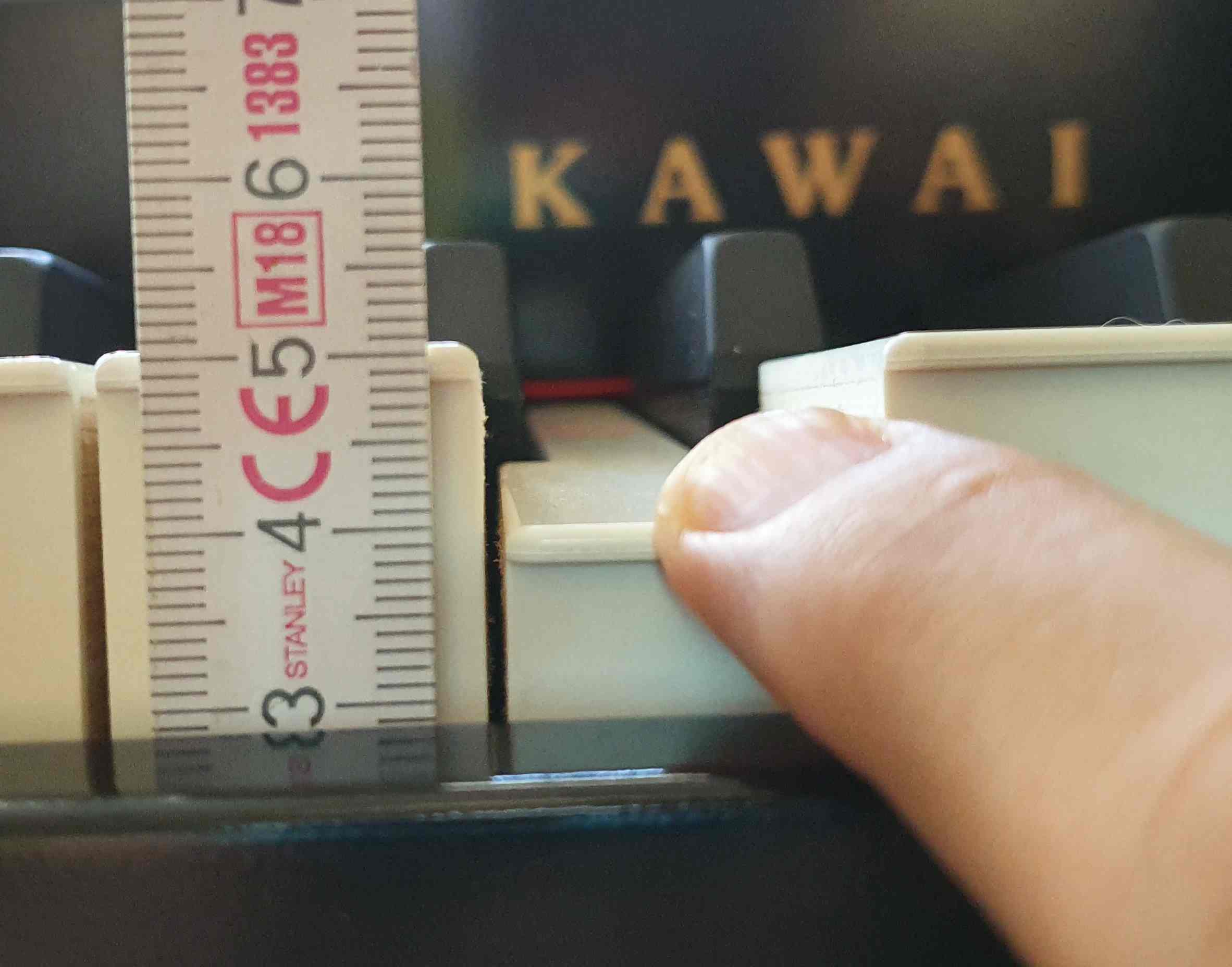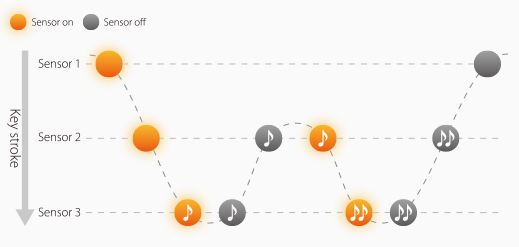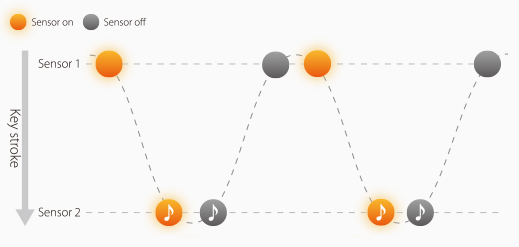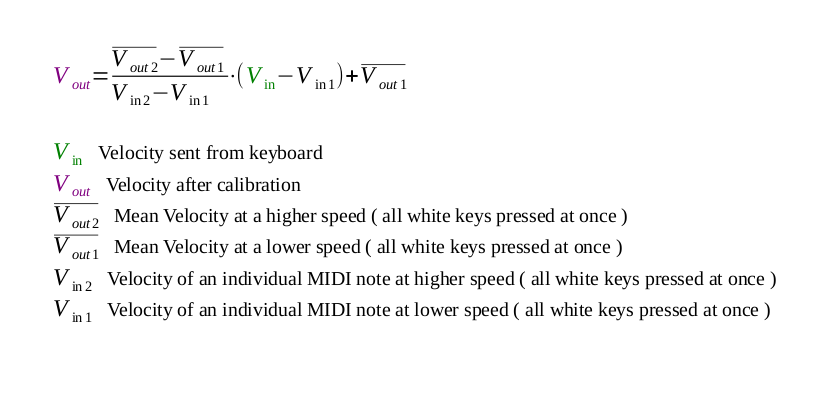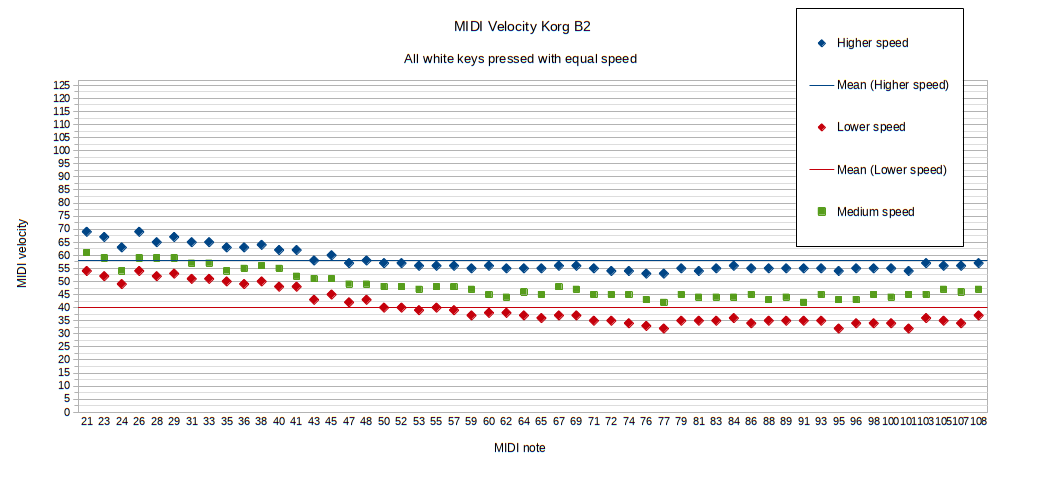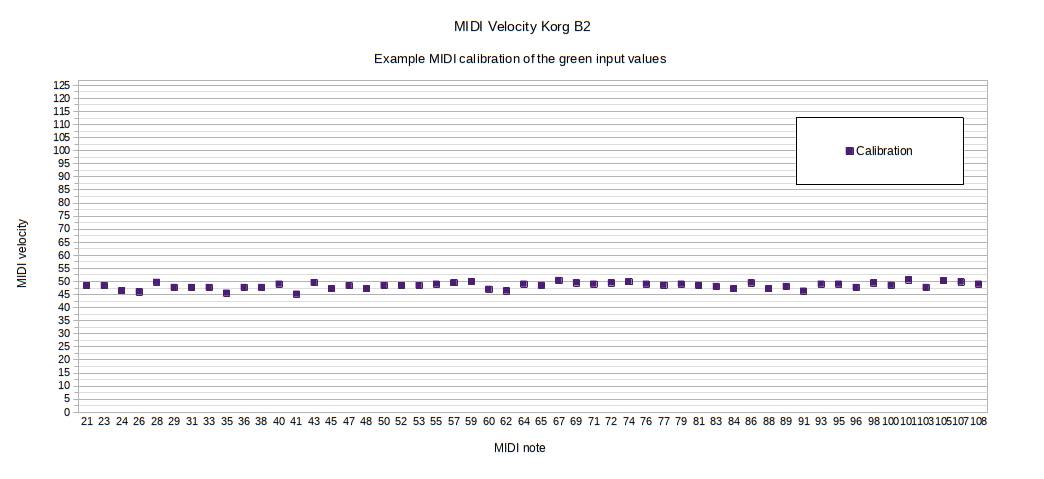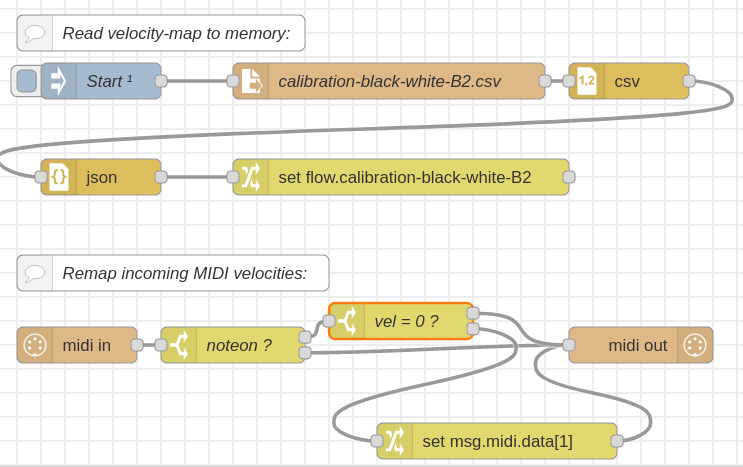Re: Kawai VPC1 faulty key weighting
PNOscan it's not mass produced, so it's costy. But the optical sensors little piece underneath each key itself, it's not expensive, I think.
By the way, how VPC1 and the 3 contact sensors per key works???
I know that for 2 sensors it use the time difference between the first and second contact to get a vewlocity value, since the higher tehe velocity the lower will be the time difference between each sensor.But for 3 sensors... Uhhnnn. Is it the arevage of the time difference between the first to the second contact sensor, and between the second to the third contact, used to determine the key velocity?
Key Fumbler wrote:Beto-Music wrote:I wonder why Kawai use rubber strip contact sensors, instead of optical sensors like in the PNOscan.
Cost.
PNOscan $1895 just as an add on.
VPC1 is "only" £1100-1200 all in.
Exactly, it's all about the costs involved with mass production.
The optical sensors themselves wouldn't have to be prohibitively expensive compared to the standard switches to make the production much more expensive if the demand isn't there for that level of precision to drive production costs down.
I was tempted to make a DIY VAX keyboard years ago but didn't go that route. Those had polyphonic aftertouch with optical sensors.
Pianoman Chuck explaining double to triple sensors:
https://youtu.be/2rZAPpHCjRo?t=283

